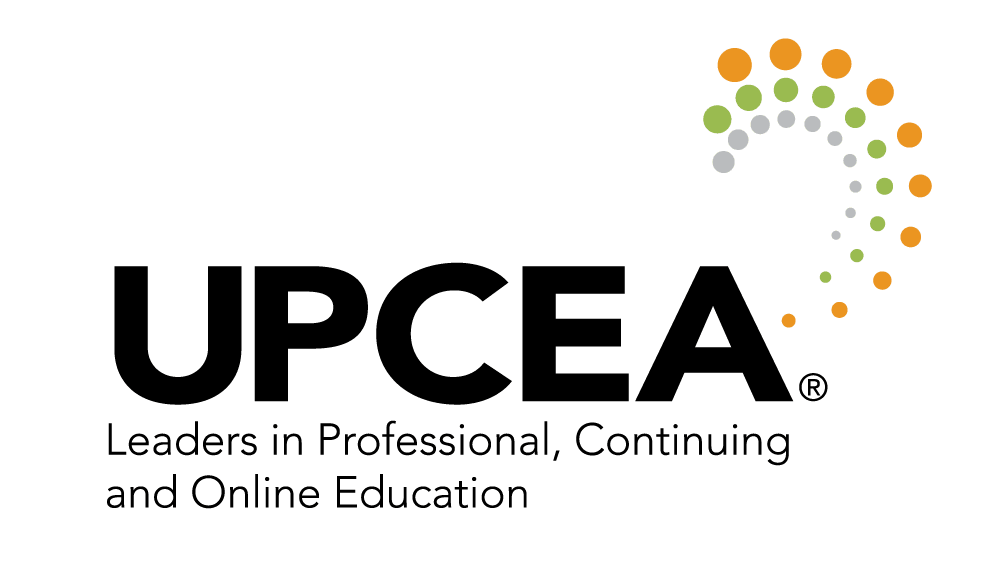Your Guide to Changing Careers
- With modern technology, people can make a career change at any point in their professional lives.
- Online learning allows professionals to learn new knowledge and skills without having to stop working.
- There are multiple factors to consider before making a career change.
- Networking is just as important as an excellent cover letter or resume.
The average American changes jobs more than 10 times during their lifetime, and many professionals wonder if they should switch careers. They may feel dissatisfied with their current position, want a raise, or feel bored at work. Fortunately, several resources and factors make a career change at 50 as achievable as a career change at 25.
This page covers useful information that can help readers achieve a successful career change. The following sections feature answers to frequently asked questions, career change steps, and tips for finding the right job. Embedded links provide additional resources that can help you make your next career move.
Frequently Asked Questions
Should I Change Careers?
Answering this question requires extensive self-reflection.
“When you change careers, the process should be viewed as the equivalent of running a marathon,” says Cohen. “It will be long and challenging, and there are points where the finish line will feel almost insurmountable.”
As a result, professionals should not make the decision lightly.
Signs It’s Time for a Change
Figuring out that it may be time to change jobs depends on recognizing one or more of the following warning signs:
Excess Stress
Stress is a normal part of any job. People have good days and bad days. However, feeling stress all the time is an early warning sign that someone should start considering their next career move. Constant excess stress can also lead to adverse mental and physical side effects.
Feeling Bored
Work should be appropriately challenging. The lack of a challenge makes work dull, especially to people who enjoy solving problems. Fixing this issue might only require taking on additional job duties. However, if new work still feels boring, then it is time to start researching different careers.
Physical Decline
Successful career changer Jo Scrivner, for example, decided to leave her career as a chef because of the toll it took on her body.
Pros and Cons of Changing Careers
 PRO:
PRO:
Changing careers can improve mental health by providing new and meaningful work.
 PRO:
PRO:
“We are living in a time when technology makes it possible for students to attend classes online, even if they live in a different country or a whole other continent,” says Scrivner.
 CON:
CON:
Changing careers may require moving. This dramatic change can negatively impact children of all ages, as they must leave behind friends and start over in an unfamiliar school.
 CON:
CON:
No matter how much someone prepares, changing careers can result in excess stress that affects not only the worker but also their family members.
Factors to Consider Before Changing Careers
People who want to change careers must make an informed decision based on several factors, including the following:
A career change can have a significant impact on family members, especially if it involves moving. Will a spouse have to change jobs? How will children moving to a new city or state and changing schools affect their development? To answer these questions, professionals should consult with family members before making any big decisions.
Mistakes and Pitfalls to Avoid
Professionals can make several mistakes when switching careers, some of which can have negative consequences.
Quitting Early
No matter what, professionals should try to avoid leaving a job until they accept another company’s offer. Professionals who quit too early can suffer severe financial consequences, such as using up their savings while job hunting. Other adverse effects include a negative relationship with a former employer.
Not Networking
Networking connects professionals with people who can help them find a new career. Workers who do not network miss out on valuable career and professional development opportunities.
Feeling Overwhelmed
“[Some people] get overwhelmed by all they need to do to navigate this process,” Cohen says. “When there are numerous steps to ensure a seamless transition, it is easy to lose sight of the overall goal.”
Steps to Make a Career Change
A successful career change involves taking multiple steps, including performing self-assessments, researching opportunities, learning new skills, and gaining experience. Use the following sections to create an outline that you can tailor to your current job and career aspirations.
How to Land a Job After Changing Careers
Once professionals take all the steps necessary for a career change, they can start networking with potential employers, applying to positions, crafting a resume and cover letter, and sitting for interviews. Read on to learn more about how to complete each of these steps and make a successful career change.
Network
A job change depends on much more than sending out resumes and preparing for interviews. Applicants should first try to forge a professional relationship with the company or organization where they want to work.
“Reach out through LinkedIn, college alumni resources, and friends and family.”. Source: — Roy Cohen
One way to do this involves networking with employees. Professionals can start networking by joining a social media site or professional organization and connect with potential coworkers by asking questions and expressing interest in employment.
Cohen tells his clients to “reach out through LinkedIn, college alumni resources, and friends and family. If you see a person in the field who’s quoted, send them an email to introduce yourself and to request a few minutes for their insights on your strategy to make a career change. People are generally willing to spend time with us when we don’t ask them to help us get a job.”
A positive networking experience can help your application reach the top of the pile — if you form relationships with employees at a company, they will already know your professional qualifications and desire for the position. Networking can also provide additional benefits after you get hired, as you will already know some of your peers.
Apply
Once professionals have attained the necessary education or experience for their next career move, they can start applying for jobs.
Receiving a job offer often depends on three crucial factors: a personalized cover letter, a strong resume, and an outstanding interview. Committing time and research in each of these areas can help a candidate stand out from the applicant pool.
The following two sections provide advice on how to craft the best resume and cover letter and ace any interview.
Writing a Resume and Cover Letter
A cover letter and resume act as an applicant’s formal introduction to hiring managers. As these professionals review numerous resumes each day, they often have strategies to weed out unqualified applicants within less than a minute. Following specific steps can help candidates ensure that their cover letter and resume advance to the next part of the application process.
Candidates should ensure that their resume and cover letter lack grammatical and spelling errors. Having someone else read these documents and provide feedback can help applicants identify and correct these mistakes.
Another strategy involves tailoring each resume and cover letter to the company and job opening in question. Hiring managers can immediately tell if a candidate submitted a generalized resume and cover letter.
In both documents, applicants should highlight what they achieved in previous positions instead of simply listing work duties. Hiring managers want to know what unique skills and talents a person can bring to their company or organization, not just what tasks a past employer required them to perform.
Even if a resume and cover letter contain excellent content, the template and font can make them difficult to understand. Candidates should use a simple template and standard font, such as Calibri, Times New Roman, or Arial.
Interview
If their resume and cover letter gain an employer’s attention, candidates move on to the interview stage of the hiring process. Interviews can take place in person, over the phone, or through a video conferencing app such as Skype or Zoom.
In addition to following general interviewing advice, applicants switching careers should prepare for specific questions that an employer may have concerning their decision and goals.
Candidates should highlight transferable skills that they gained in another job or industry. These might include skills related to research, writing, interpersonal communication, and leadership. Strong transferable skills can convince an employer of candidates’ value, even if they lack industry experience.
Employers also want to know that applicants can adapt to a new industry. Candidates can show that they have this trait during an interview by discussing how they prepared for a new career by earning a degree or certificate.
Lastly, candidates can make a positive impression during an interview by not speaking negatively about their prior career and the reasons they left. A negative tone can leave a poor impression on the interviewer. Instead, candidates should radiate excitement about what they hope to achieve in a new job.
Interview With a Career Counselor
BestColleges is a proud member of UPCEA
Explore More College Resources

How to Choose Your College Class Schedule
Learn how to create the best class schedule each semester by considering important academic and nonacademic factors.

by Steve Bailey
Updated March 22, 2023

Summer Semester: When Does It Start? And Should You Enroll?
School’s out — or, rather, in — for summer. Discover the pros and cons of enrolling in an optional summer semester in college.

by Anne Dennon
Updated March 20, 2023



